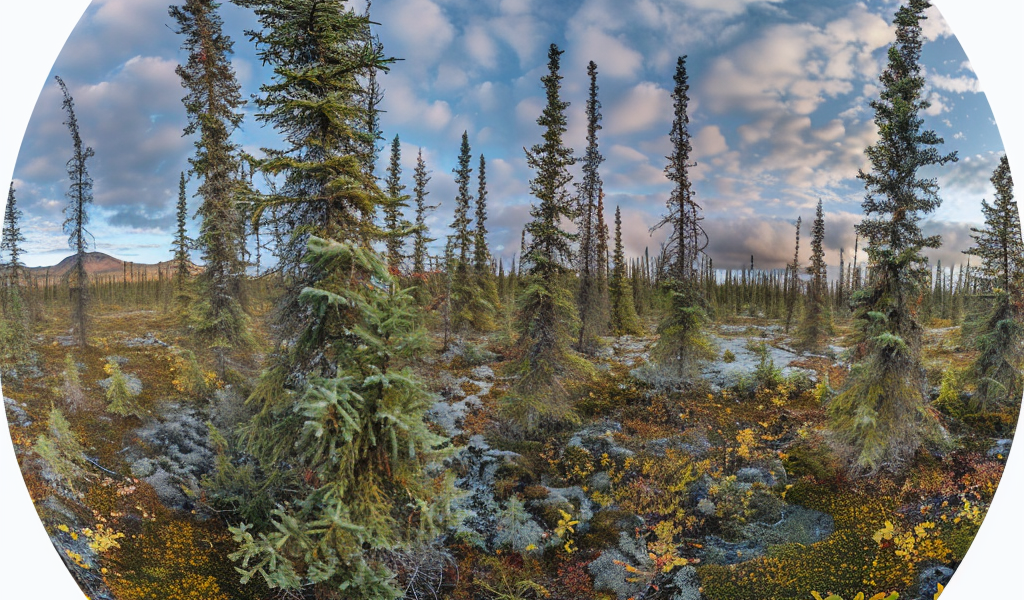In a groundbreaking study led by Osaka Metropolitan University, researchers have conducted a comprehensive 20-year investigation into the effects of climate change on permafrost forests in Alaska. This extensive research, which spanned from 2003 to 2022, has provided valuable insights into the dynamics of carbon dioxide (CO₂) fluxes in these unique ecosystems.
The study, published in the prestigious Proceedings of the National Academy of Sciences, marks a significant advancement in understanding how climate change influences both carbon sources and sinks within northern forests. The research team, led by Associate Professor Masahito Ueyama, focused on a black spruce forest situated on permafrost in Fairbanks, Alaska. Here, a micrometeorological observation tower continuously monitored CO₂ exchange and environmental conditions, collecting data every 30 minutes.
One of the most intriguing findings from this research is the dual role of climate change in altering carbon dynamics. During the initial decade of the study, the researchers observed that CO₂ sinks—areas where carbon is absorbed—were transforming into sources of carbon emissions. However, in the second decade, there was a remarkable turnaround, with a nearly 20% increase in CO₂ sinks. This shift suggests that the forest’s response to climate change is not static but rather complex and evolving.
Professor Ueyama explained that the warming climate has led to increased wetness in the region, which has been beneficial for the growth of black spruce trees. As these trees grow, they absorb the rising levels of CO₂ produced by human activities, effectively acting as a carbon sink. This phenomenon highlights the intricate relationship between climate change and forest ecology, emphasizing the potential for forests to adapt and even thrive under certain conditions.
Despite these positive developments, the researchers caution that the long-term implications of ongoing climate change remain uncertain. Professor Ueyama noted, “The 20 years of observational data that we have is, as far as we know, the longest record of such research on permafrost forests in the world. However, since it is difficult to apply the findings and data from those 20 years to a future world in which warming continues, further long-term observations are needed.”
The research team hopes that their findings will contribute to refining climate models and improving predictions regarding the impacts of global warming on carbon dynamics. As the world grapples with the consequences of climate change, understanding how ecosystems like permafrost forests respond is crucial for developing effective mitigation and adaptation strategies.
This study also sheds light on broader environmental trends, linking increased atmospheric CO₂ concentrations to anomalous weather patterns, such as wetter summers. These changes not only affect forest health but also have implications for global carbon budgets and climate stability.
In related news, recent studies have highlighted the growing frequency and intensity of wildfires due to global warming, further complicating the climate landscape. As temperatures rise, the risk of larger and more destructive fires increases, potentially exacerbating the challenges faced by ecosystems and human communities alike.
As researchers continue to explore the intricate relationships between climate change, carbon dynamics, and forest ecosystems, the findings from this long-term study serve as a critical piece of the puzzle. The ongoing research efforts will be essential in enhancing our understanding of how natural systems can adapt to a rapidly changing climate and what that means for the future of our planet.





